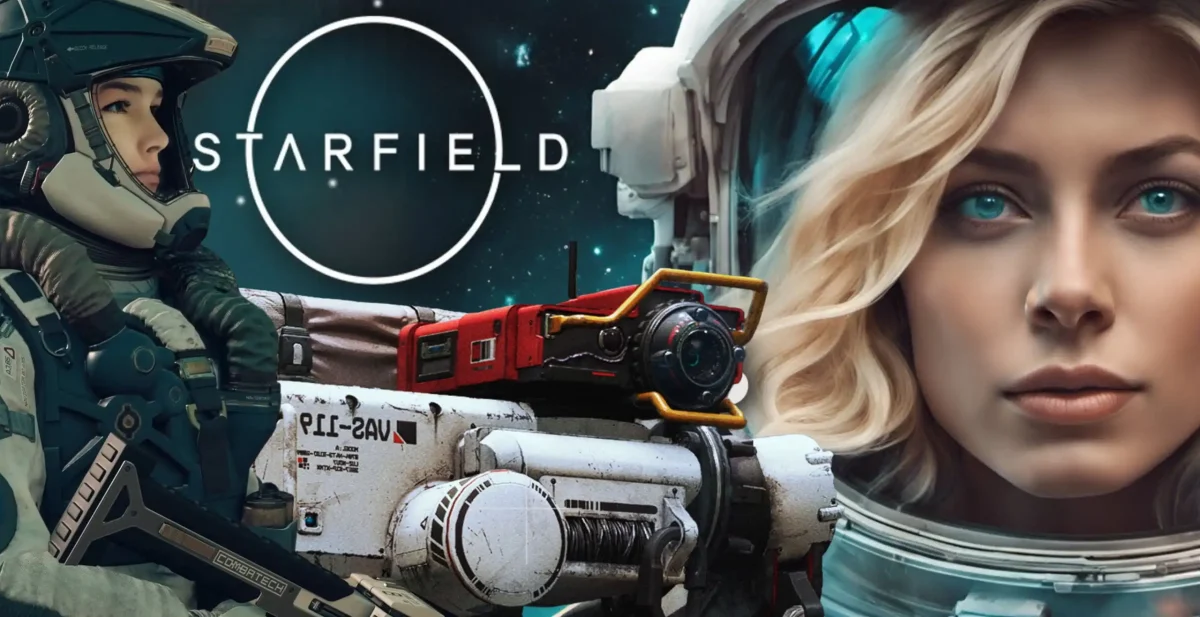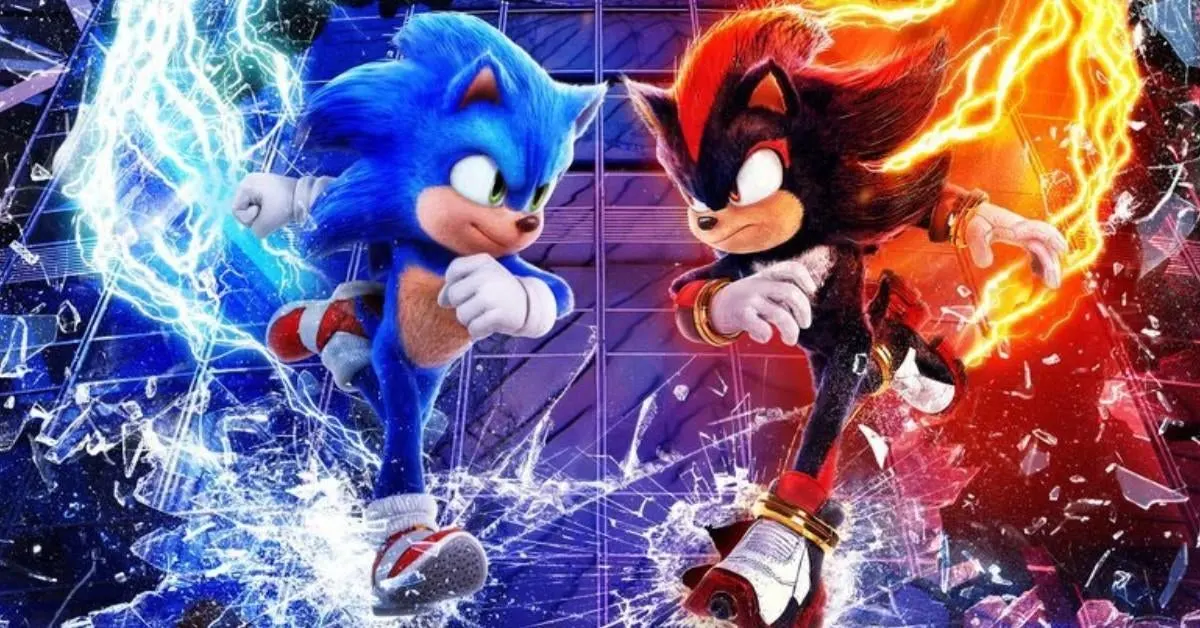A space enthusiast’s dream, “Starfield,” has been making waves in the gaming community, being Bethesda’s newest IP in over two decades. “Starfield” has been in development for an astounding eight years, far longer than Bethesda’s predecessors like “Fallout.” Bethesda has been under fire for years for banal storylines, the colloquial “go fetch” trope, poor graphics and the largest entourage of software anomalies the gaming world has seen. But with the release of “Starfield,” some long-awaited fixes just might be getting implemented.
Getting into the title hands-on for the first time with Xbox’s xCloud, I was joyfully introduced to “Starfield’s” excellent world . . . or universe if you will. “Starfield” takes its players on a harrowing journey to uncover a mysterious omnipresent force. With a mixing pot of universe elements, Bethesda’s past titles are simply dwarfed by the myriad possibilities in “Starfield.”
Where Bethesda’s previous RPGs like “Fallout” are restricted to a few cities, “Starfield” stretches this further with several galaxies, containing over 100 systems, a colossal 2000+ planets and moons to explore and an innumerable amount of unmarked locations (you even get spaceships).
Advancing further into the depths of “Starfield,” I couldn’t help but notice how much the facial animations and world graphics have improved. The animations were smoother, facial graphics and movements more natural and a stunning diversity of faces and bodies to choose from.
After pouring nearly 20 hours into the game, I arrived at an epiphany that shocked me regarding Bethesda games; not only have I experienced a single software bug or crash while playing the game, but the game barely gave me a single hiccup.
Bethesda has finally given players some appropriate verisimilitude, and overall, “Starfield” represents the epitome of the future of AAA massive world RPGs, and it will likely continue to provide its players with years of updates, DLCs and week’s worth of quality vanilla content.










